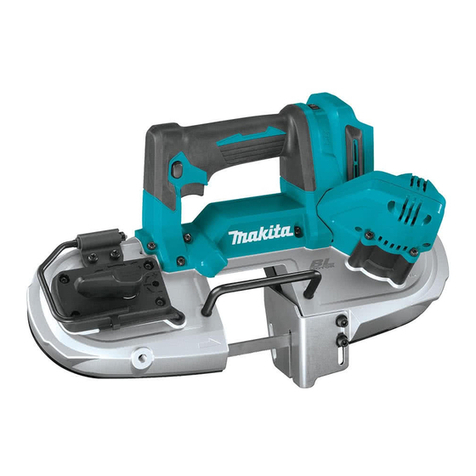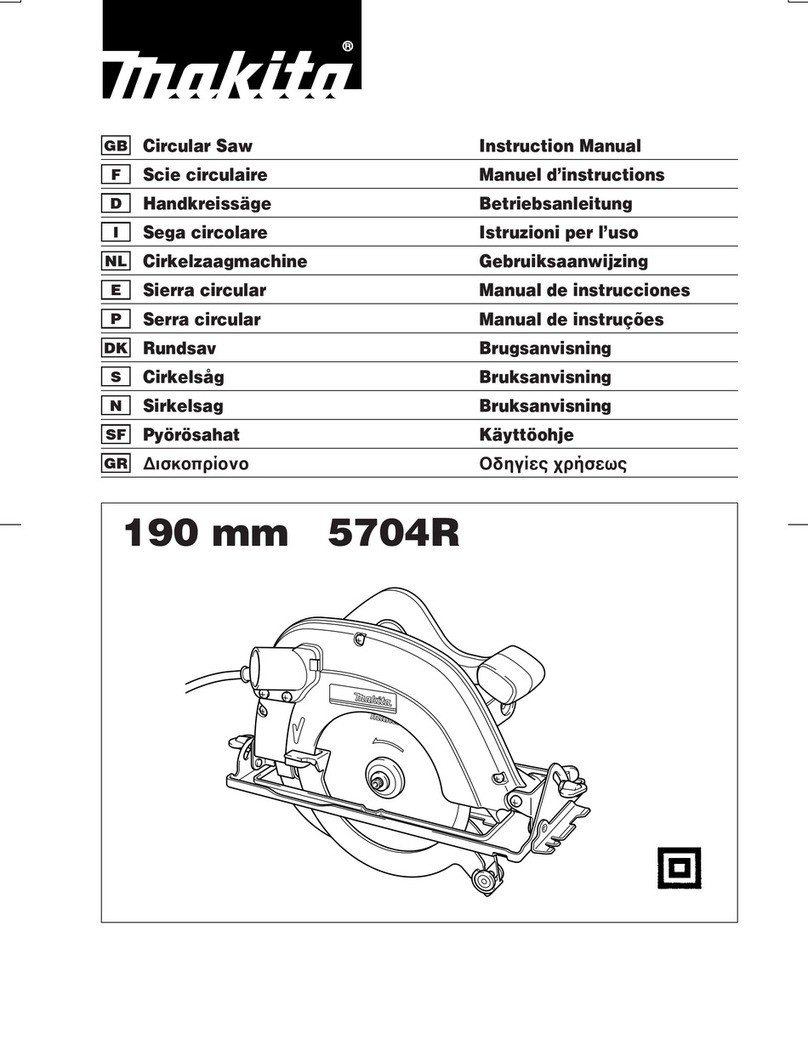Makita DLS600 User manual
Other Makita Saw manuals

Makita
Makita LS0815F User manual
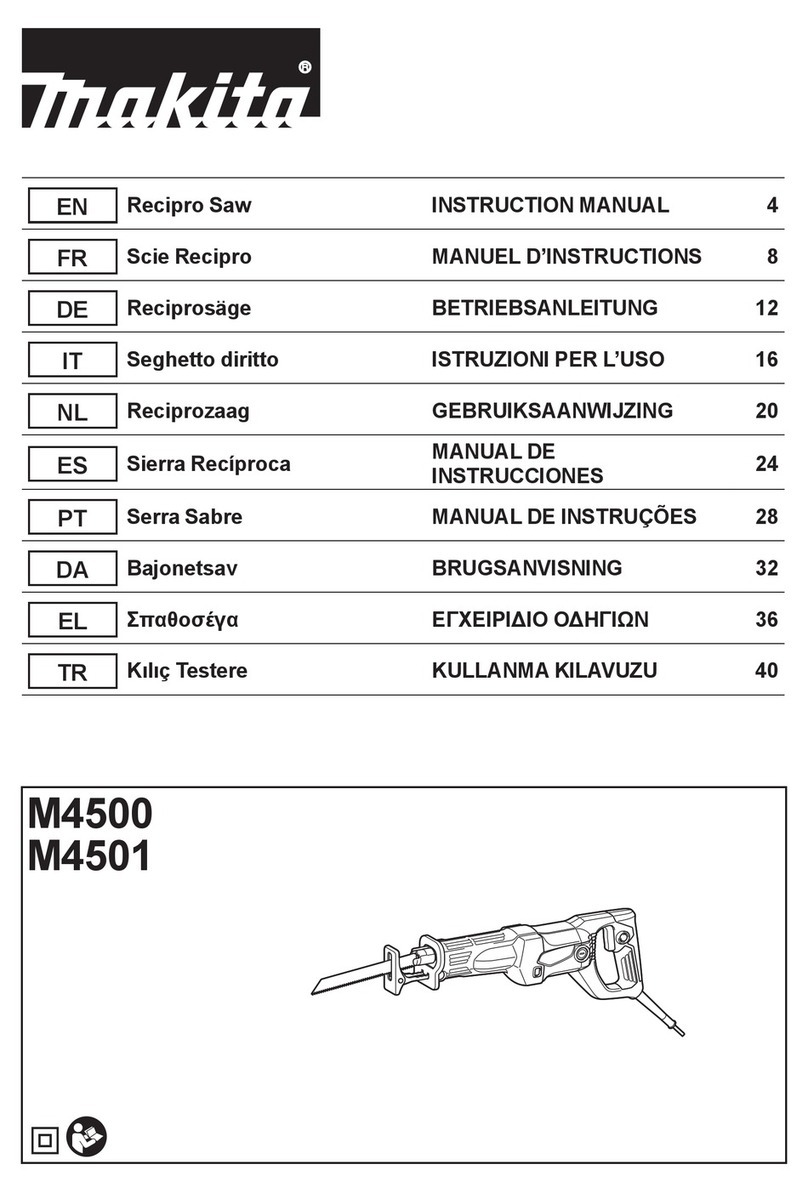
Makita
Makita M4500 User manual
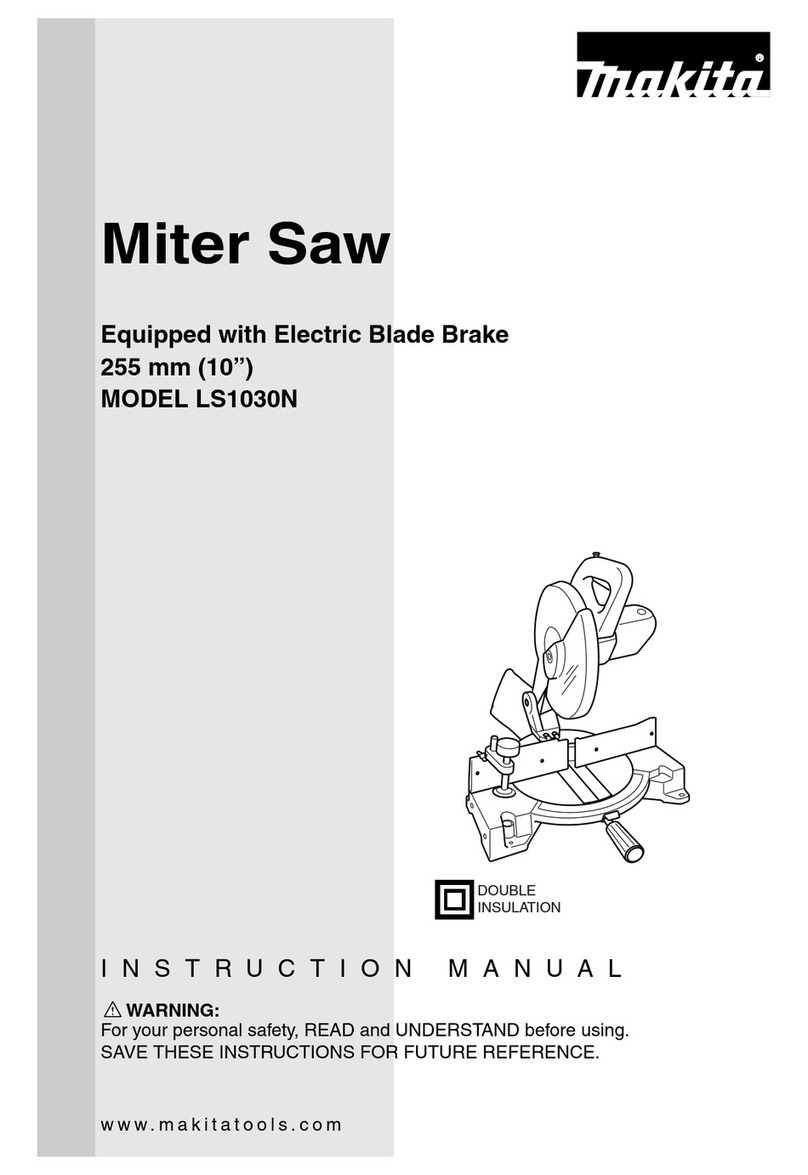
Makita
Makita LS1030N User manual

Makita
Makita LS1030N User manual
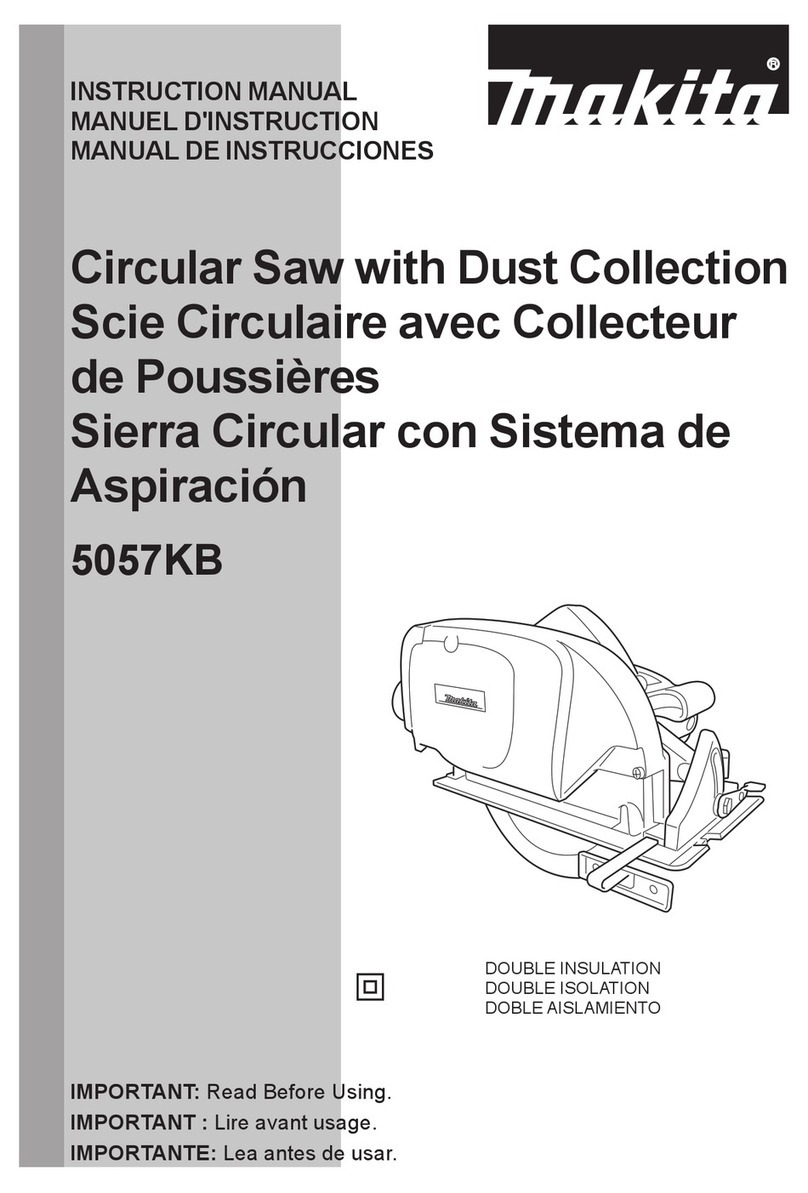
Makita
Makita 5057KB User manual
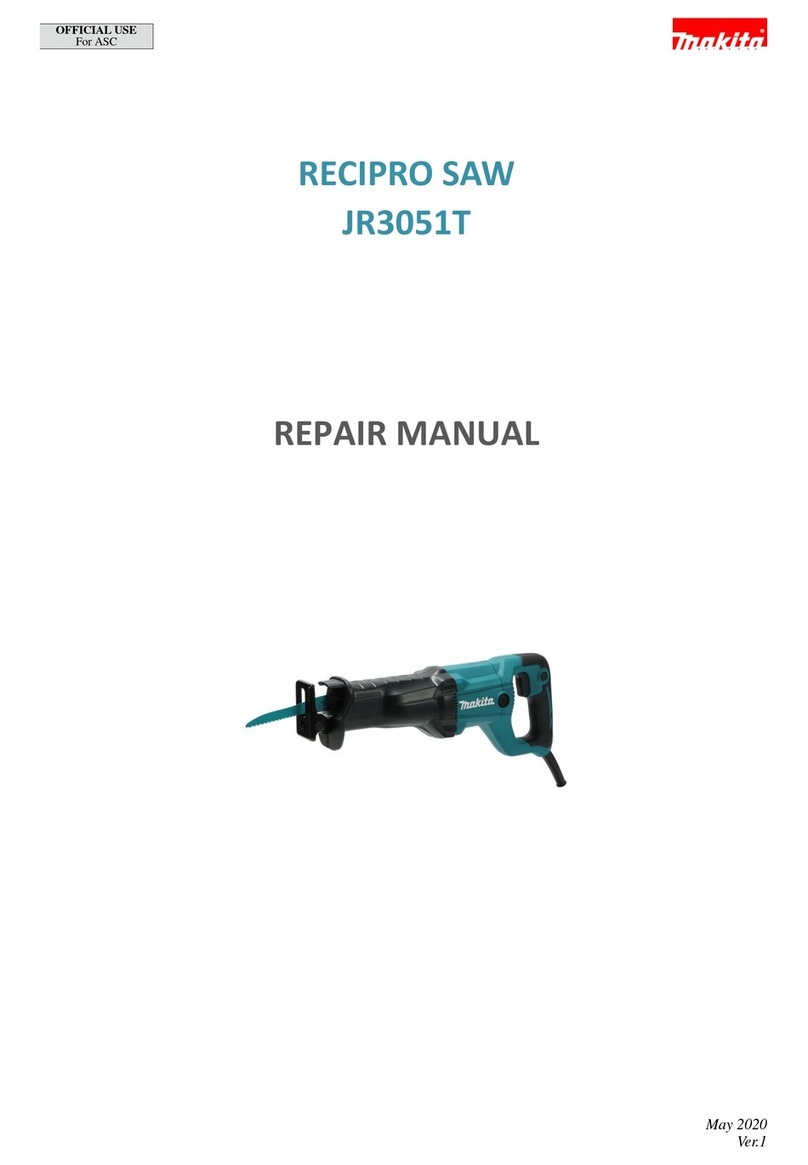
Makita
Makita JR3051T Operating instructions
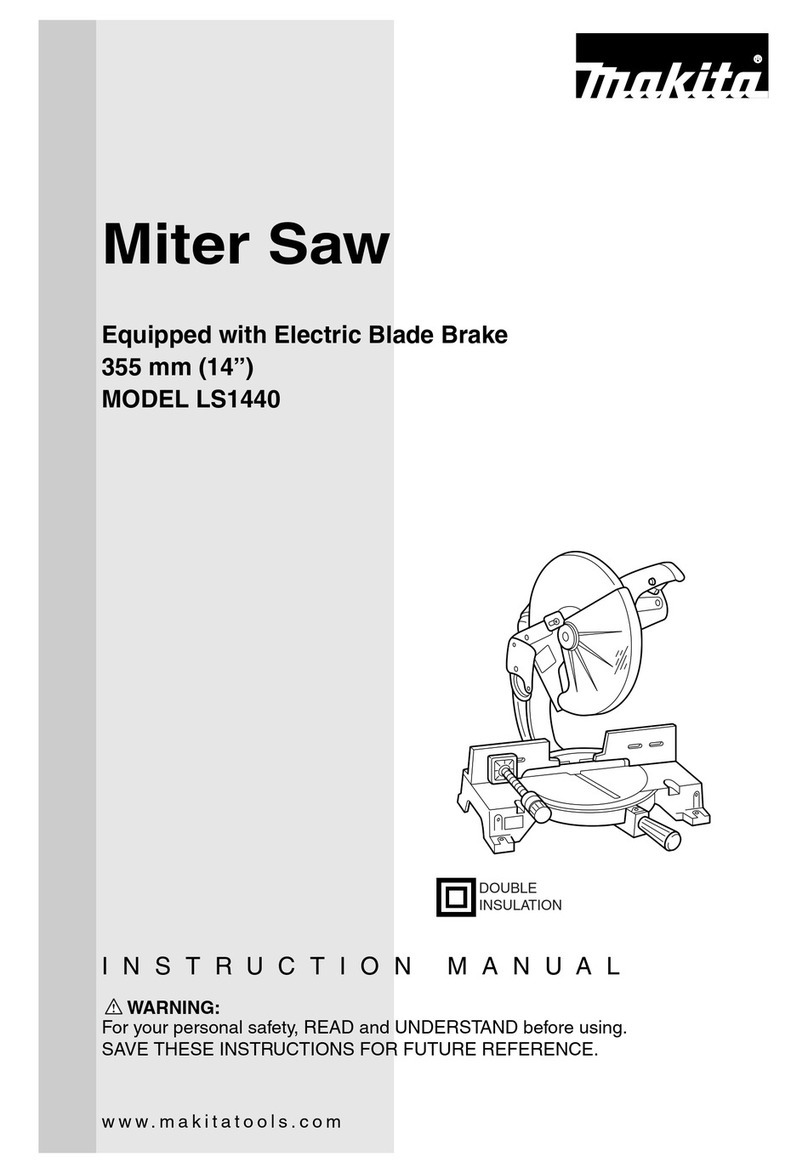
Makita
Makita LS1440 User manual

Makita
Makita 5800NB User manual
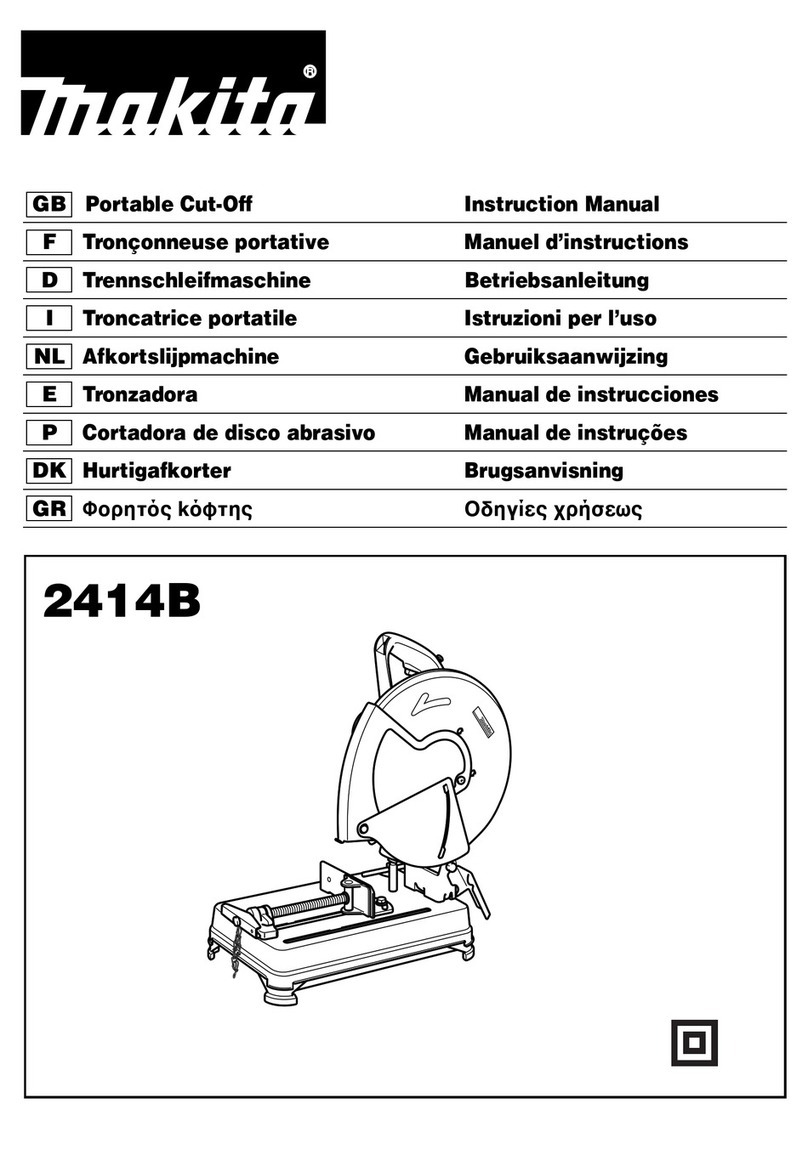
Makita
Makita 2414B User manual
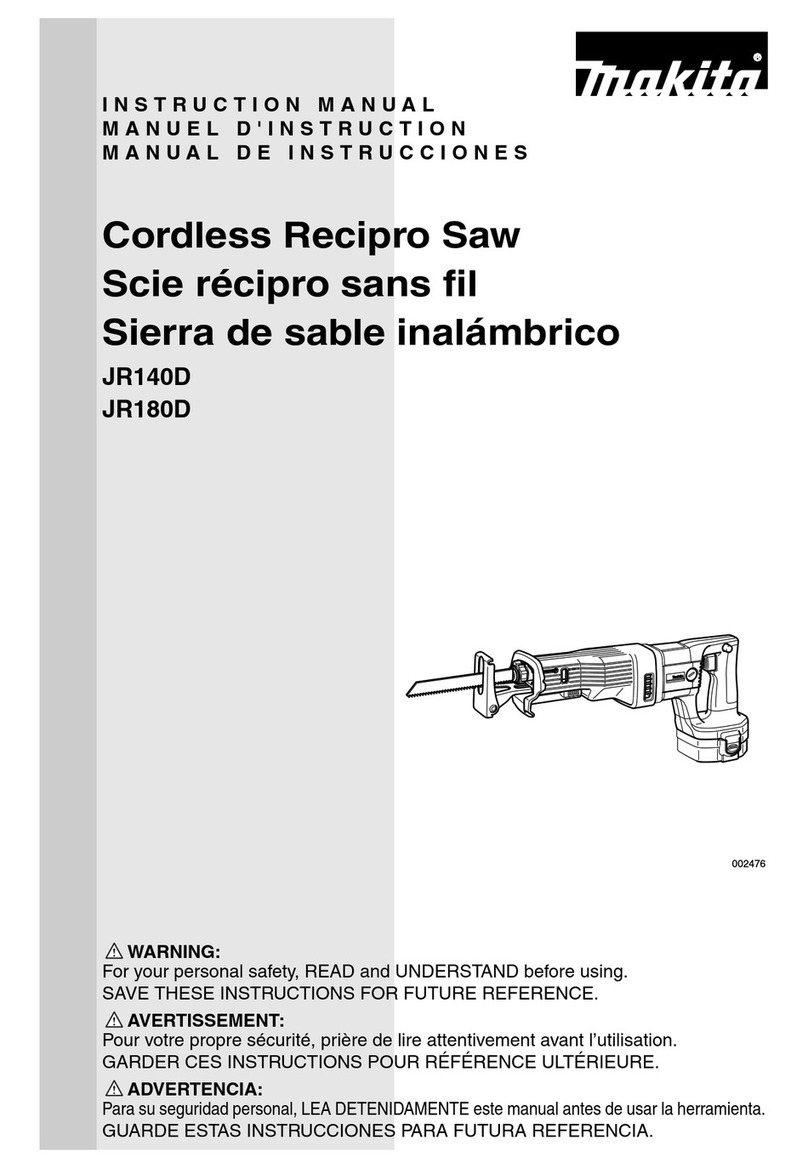
Makita
Makita JR140D User manual
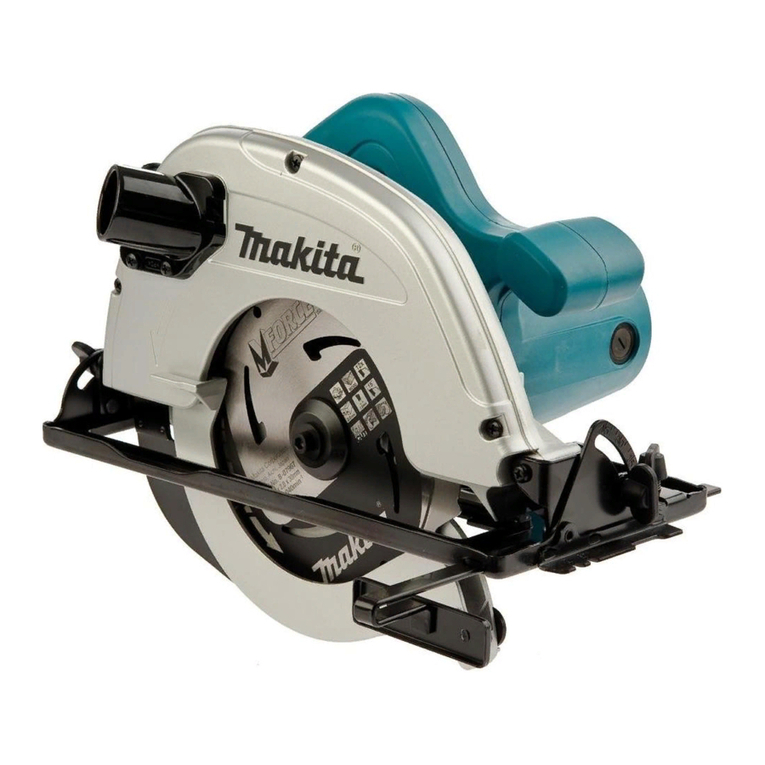
Makita
Makita 5704R User manual
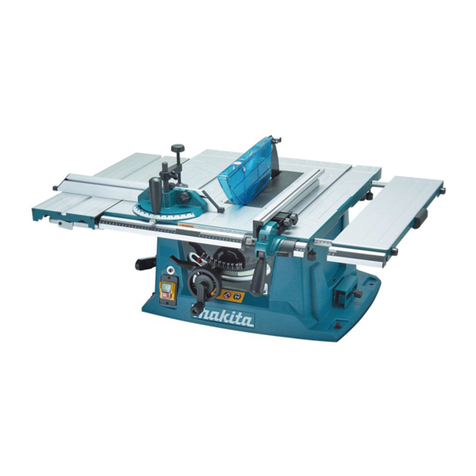
Makita
Makita MLT100 User manual

Makita
Makita LS1440 User manual

Makita
Makita LS1440 User manual
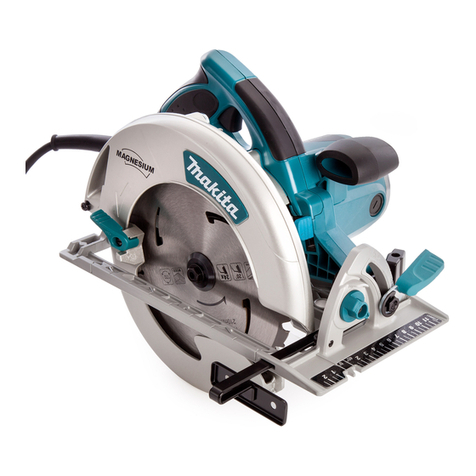
Makita
Makita 5008MG User manual

Makita
Makita XBP02TX User manual
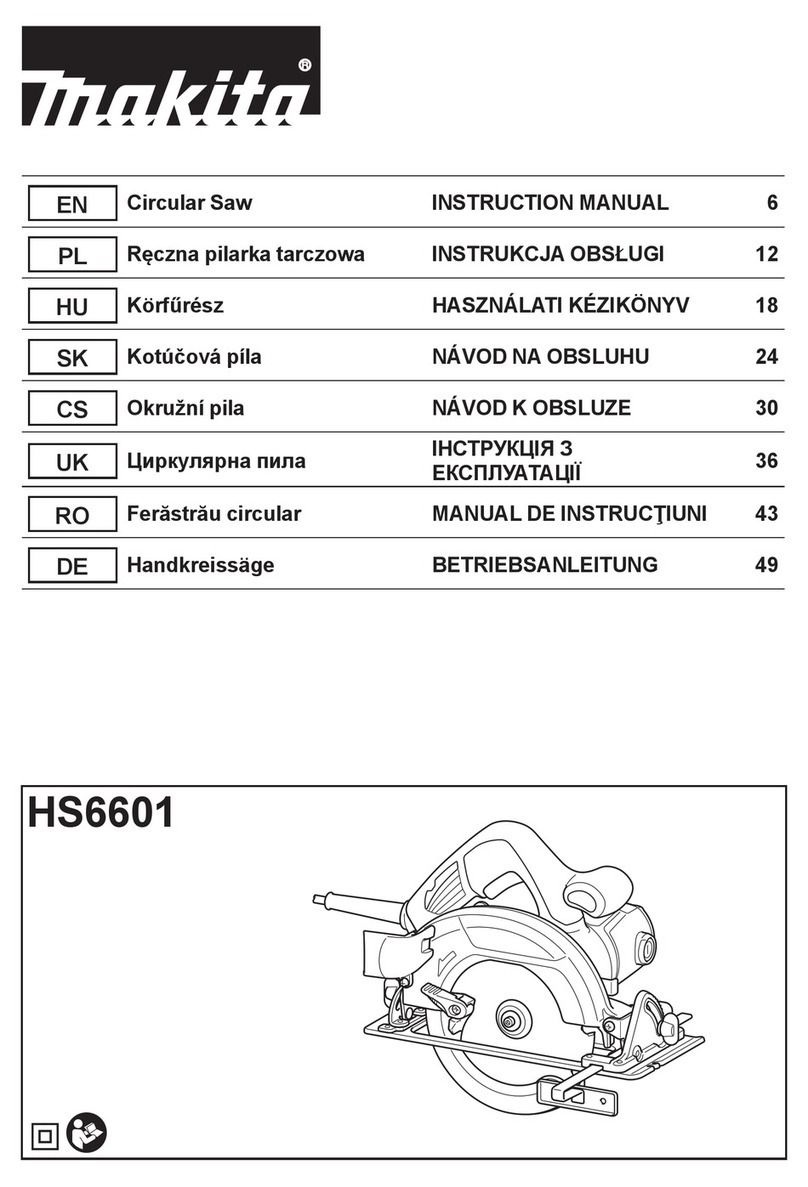
Makita
Makita HS6601 User manual
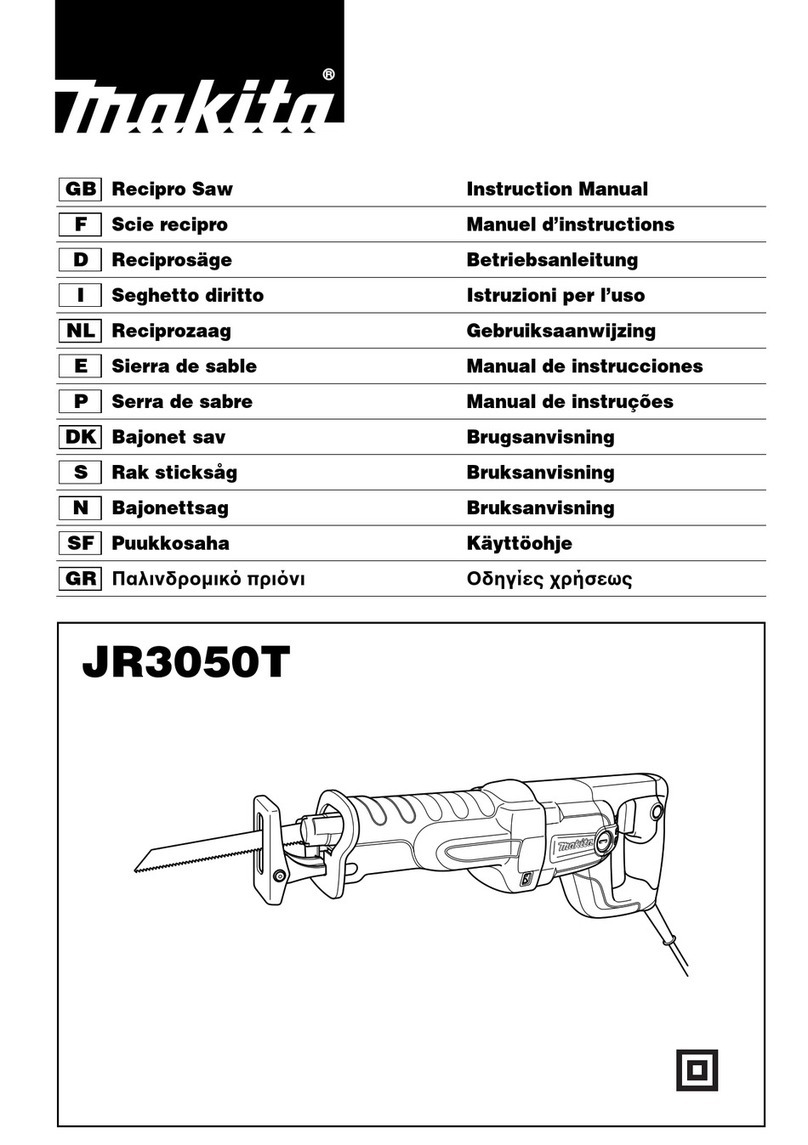
Makita
Makita JR3050T User manual
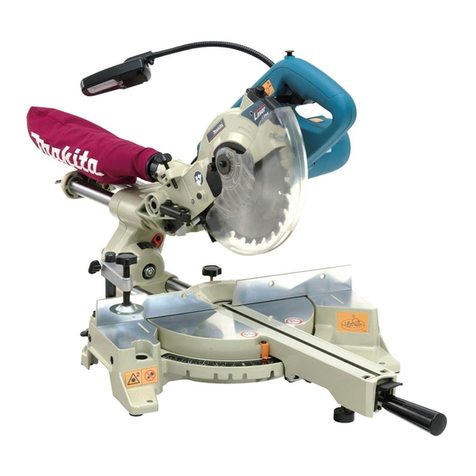
Makita
Makita LS0714 User manual
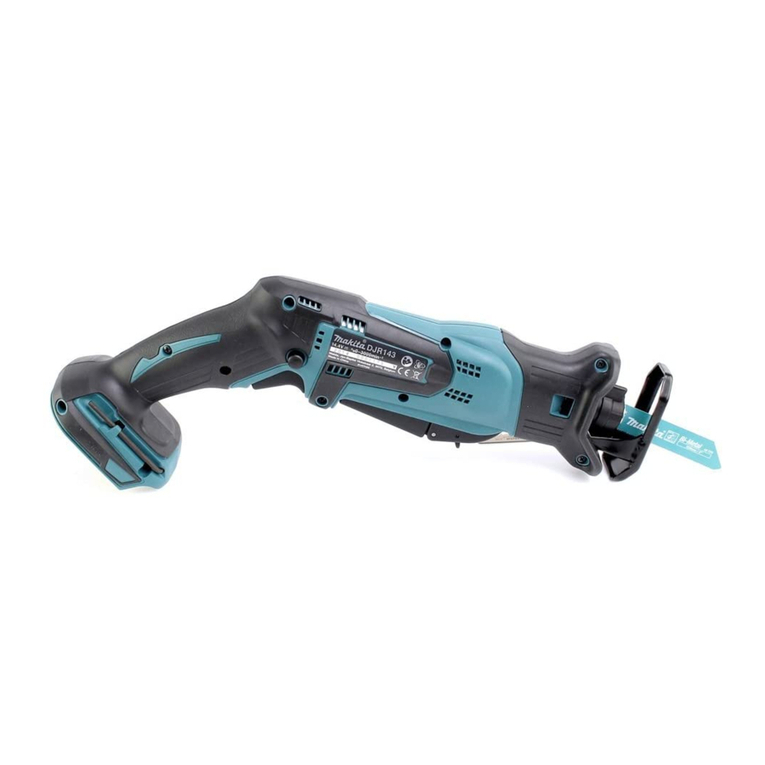
Makita
Makita DJR143 User manual
